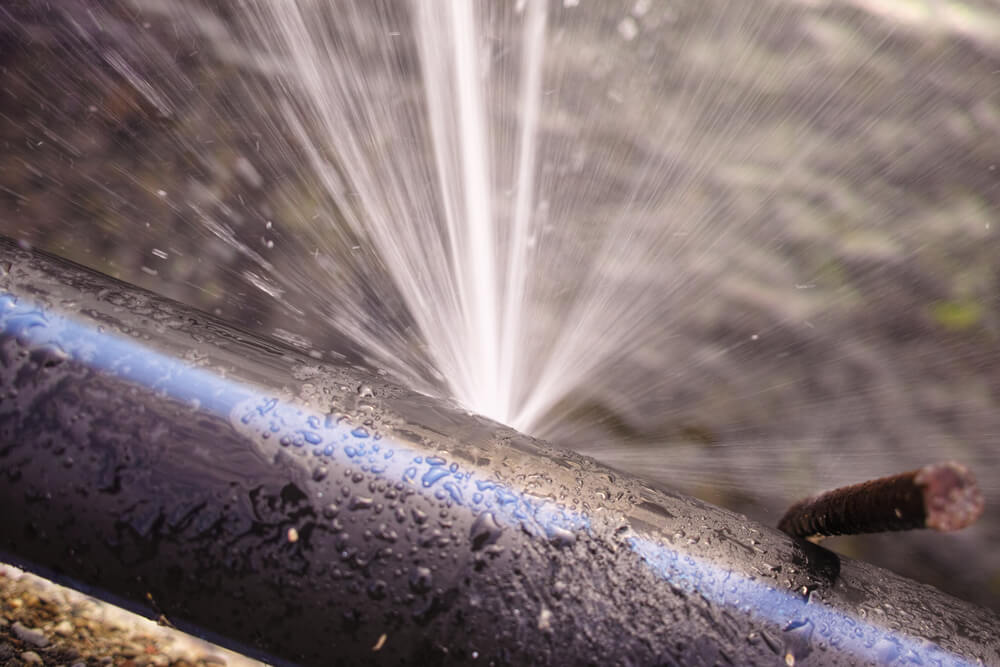Pipes are necessary parts of our daily lives. They transport water, gas, and waste, allowing our homes and businesses to function properly. Pipes, like any other system, can be damaged or broken, resulting in costly repairs and disruptions. Fortunately, a revolutionary solution to this problem exists: pipe relining. In this article, we will go over exactly what pipe relining is, how it works, and what advantages it has.
What exactly is pipe relining?
Pipe relining is a method of repairing damaged or broken pipes without having to dig them up and completely replace them. It entails inserting a new pipe liner into the damaged pipe, which hardens to form a new, seamless pipe within the old one. This technique is also referred to as trenchless pipe repair or cured-in-place pipe (CIPP) lining.
When a pipe was damaged in the past, the only solution was to dig it up, remove the damaged section, and replace it with a new one. Depending on the extent of the damage, this process could take days or even weeks and cause significant property damage. It was also costly and inconvenient because accessing the damaged pipe necessitated digging up large sections of the property.
The Pipe Relining Procedure
The pipe relining process consists of several steps, each of which is essential to the successful repair of the damaged pipe:
Pipe Inspection: The first step in the pipe relining process is to thoroughly inspect the damaged pipe. Engaging a pipe relining company that is local ensures the inspection is done efficiently, as local professionals are familiar with common pipe issues in the area. To determine the location, cause, and severity of the damage, a video camera is inserted into the pipe. This information is critical in determining the best way to repair the pipe.
Cleaning the Pipe: Once the extent of the damage has been determined, the pipe must be thoroughly cleaned. To remove any debris, roots, or blockages, high-pressure water jets are used, leaving the pipe clean and ready for the next step.
Inserting the Liner: After cleaning the pipe, a flexible liner coated with a special resin is inserted into the pipe through an access point. The liner is then inflated to fit snugly against the damaged pipe’s interior walls. This ensures that the new pipe liner precisely conforms to the shape of the old pipe.
Curing the Liner: Once the liner is in place, it is cured by applying heat or UV light to the resin, causing it to harden and form a new, durable pipe within the old one. The curing process can take several hours, but the new pipe is seamless and leak-free once it is finished.
Final Inspection: After the liner has cured, a final inspection is performed to ensure that the new pipe is seamless, leak-free, and functional. This ensures that the repair is successful and that the pipe will continue to work properly for many years.
The Benefits of Pipe Relining
Pipe relining has several advantages over traditional pipe repair methods like digging up and replacing damaged pipe:
Cost-Effective: Pipe relining is typically less expensive than traditional pipe repair methods because it does not necessitate digging up and replacing the entire pipe. It also reduces disruption to your property and daily routine because the process is usually completed in a few hours or a day.
Environmentally Friendly: Pipe relining is an environmentally friendly solution because it eliminates the need for excavation of the old pipe, which can release harmful chemicals and pollutants into the soil and groundwater. It also cuts down on the amount of waste produced by the repair process.
Long-Lasting: With a lifespan of up to 50 years, the new pipe liner is both durable and long-lasting. It is also impervious to corrosion, rust, and other forms of damage. This guarantees that the repair will be a long-term solution to the problem.
Minimizes Property Damage: Pipe relining eliminates the need to dig up your property to access the damaged pipe, reducing the risk of property damage and preserving the aesthetics of your property. This is especially important for properties with landscaping, hardscaping, or other features that would be damaged by excavation.
Prevents Future Damage: Pipe relining can also help prevent future pipe damage by strengthening them and making them more resistant to corrosion and wear and tear. The new pipe liner adds another layer of protection against damage, ensuring that your pipes remain in good working order for many years to come.
Pipe relining is a revolutionary method of repairing broken and damaged pipes. It has several advantages over traditional pipe repair methods, including low cost, environmental friendliness, and long-term durability. Consider pipe relining as a possible solution if you are having problems with your pipes. It can save you time and money while also minimizing disruption to your daily routine and preserving the integrity and functionality of your pipes. Overall, pipe relining is a novel and effective solution that is gaining traction among both homeowners and businesses.
James Anderson
Related posts
Stay connected
- How LoveOn Chat Is Becoming the Most Versatile AI Companion for Digital UsersThe internet keeps shifting toward hyper-personal interaction, and AI companions are at the center of this shift. What used to be simple chatbots are now evolving into emotionally aware, adaptive, and multi-functional digital partners. Among the new generation of platforms, LoveOn Chat is becoming one... The post How LoveOn Chat Is Becoming the Most Versatile […]

